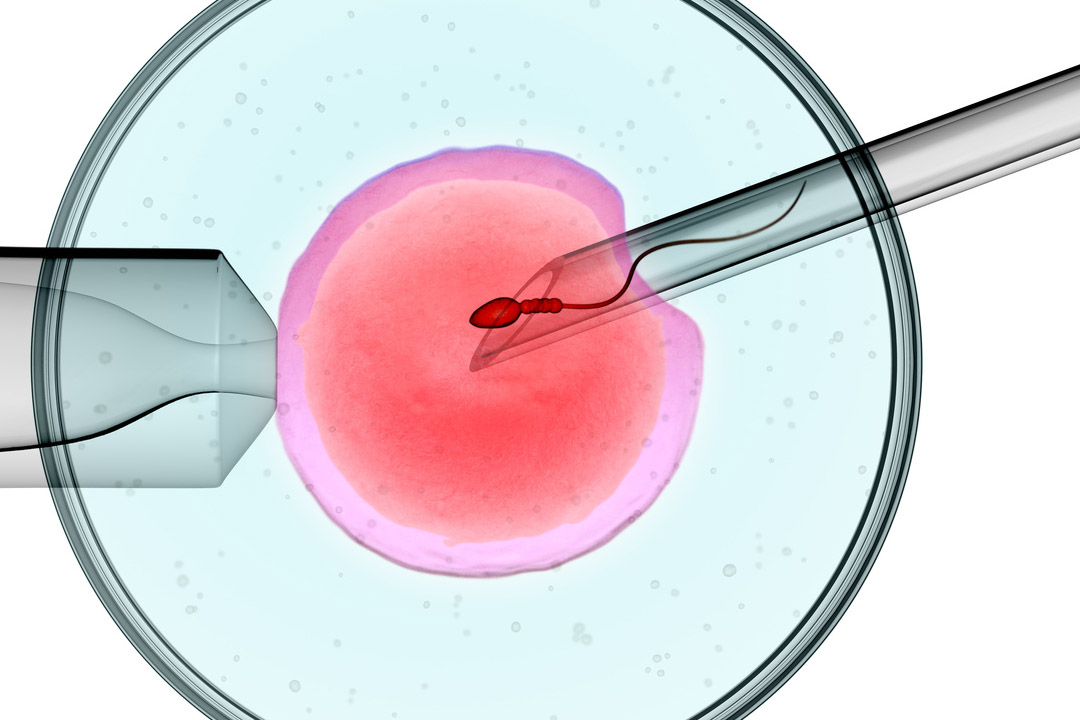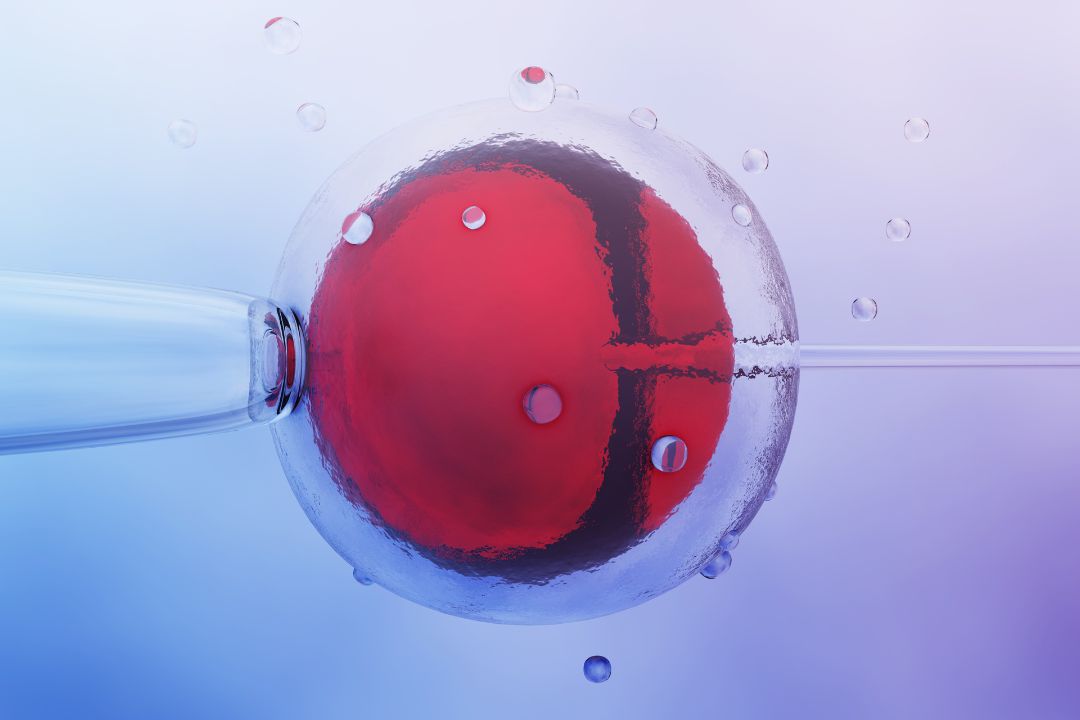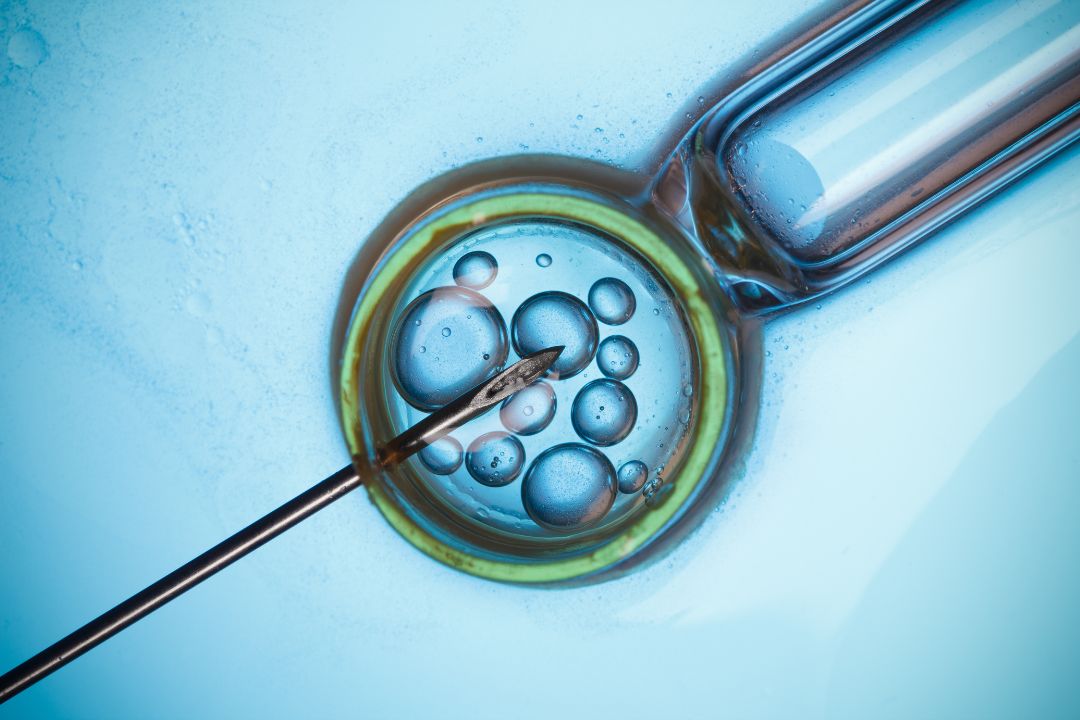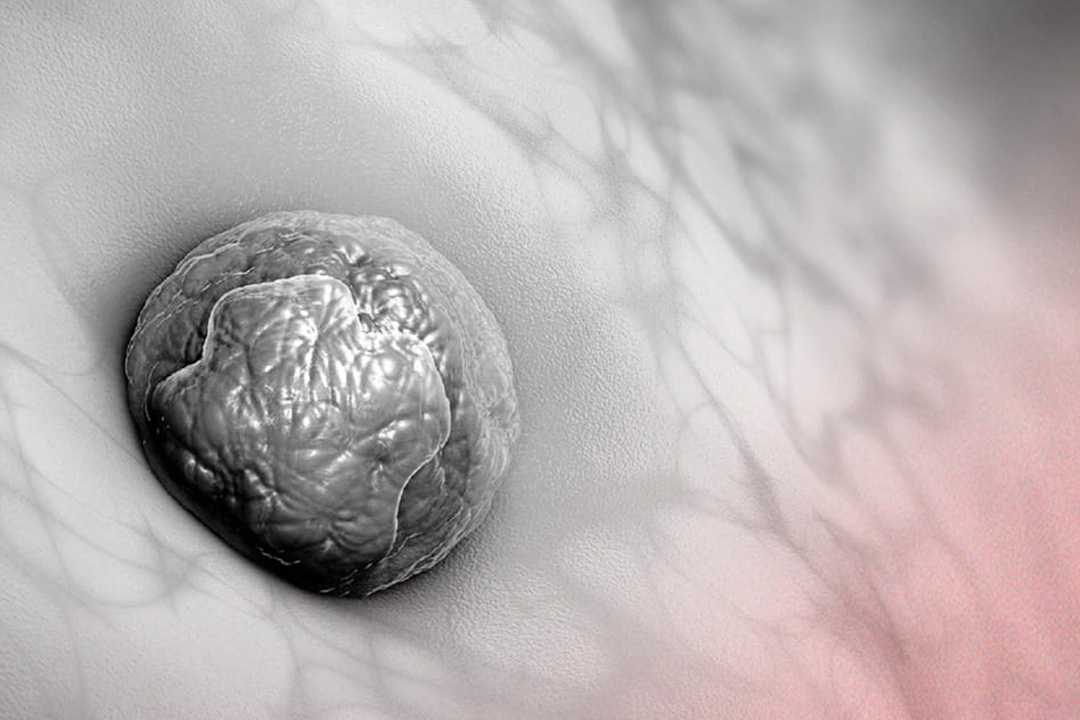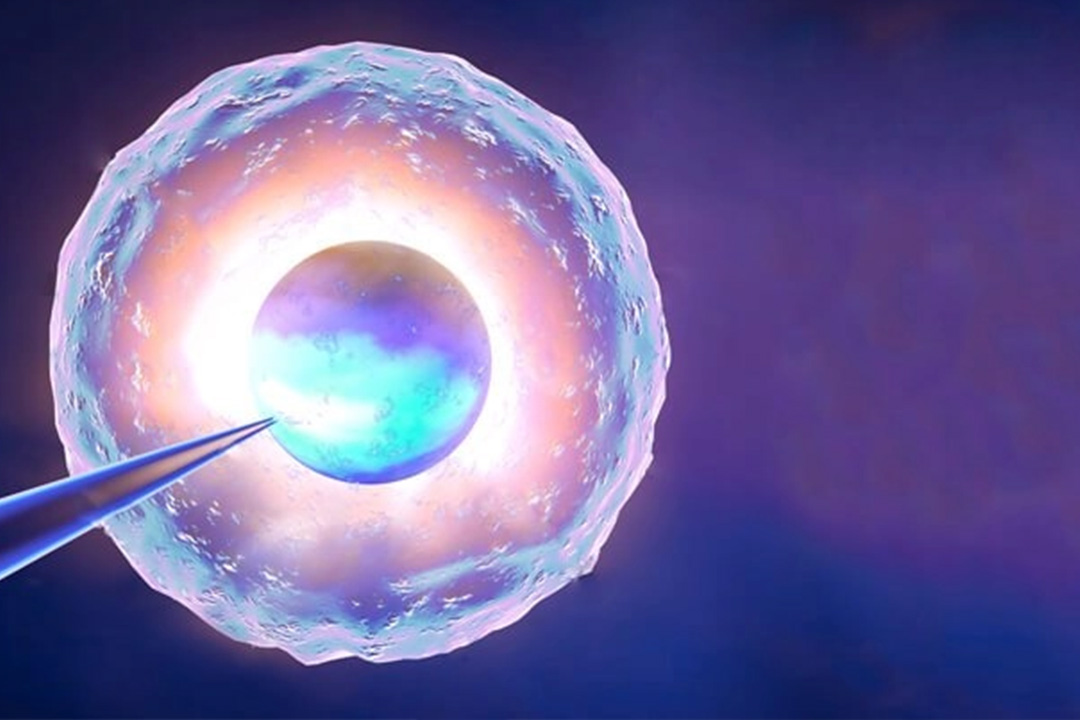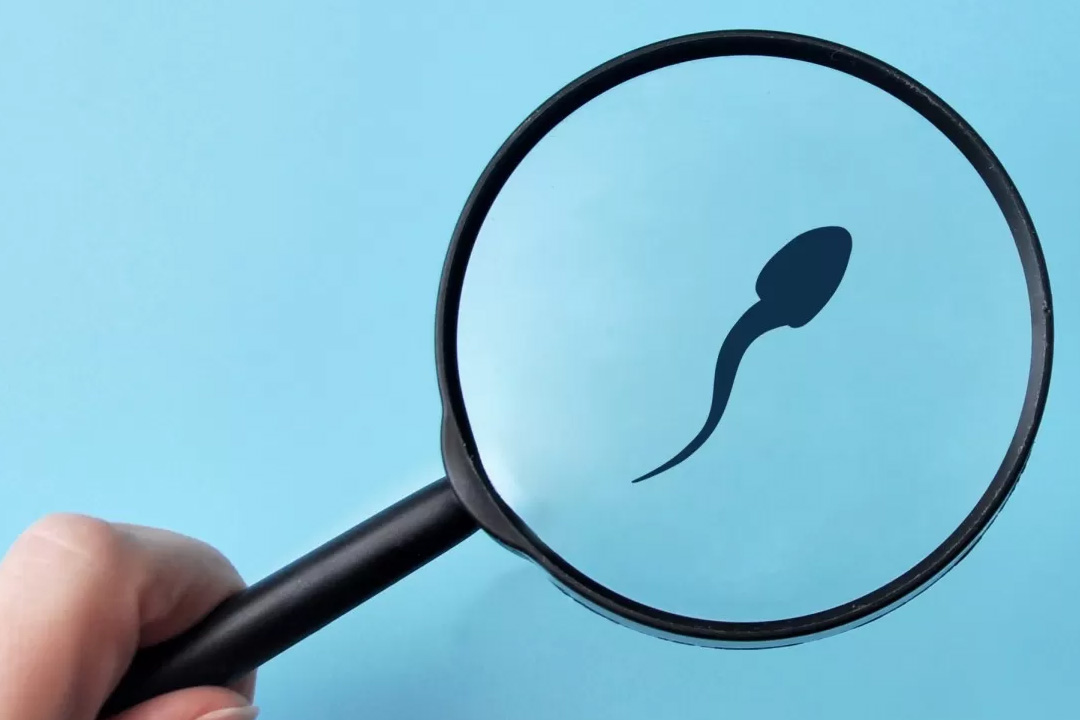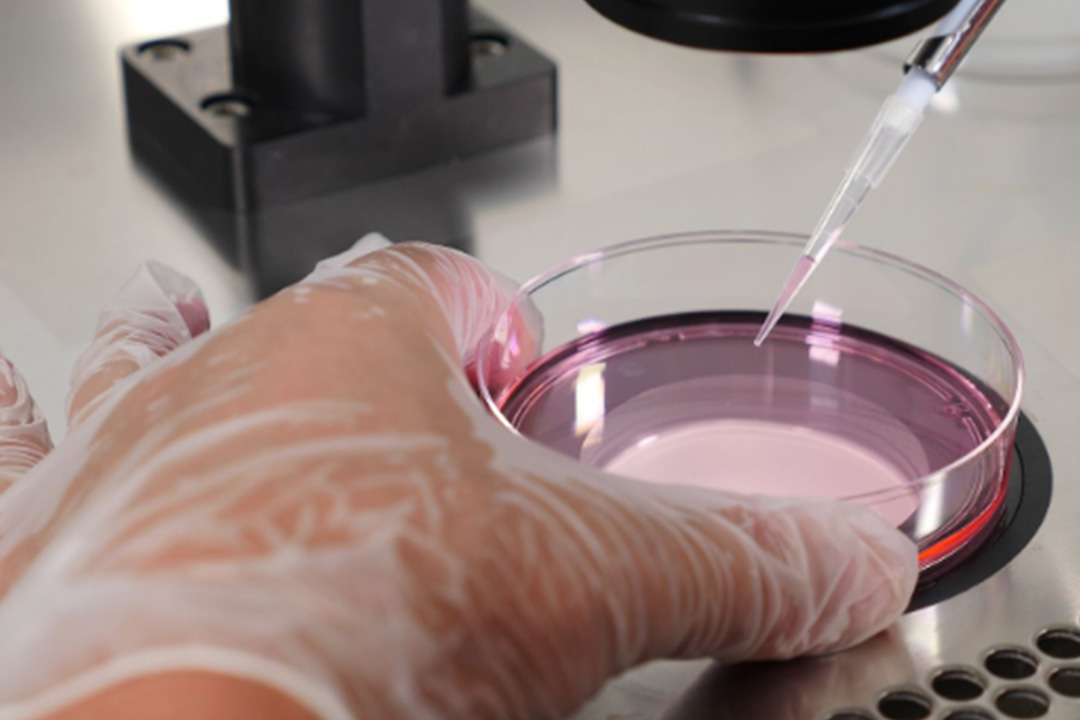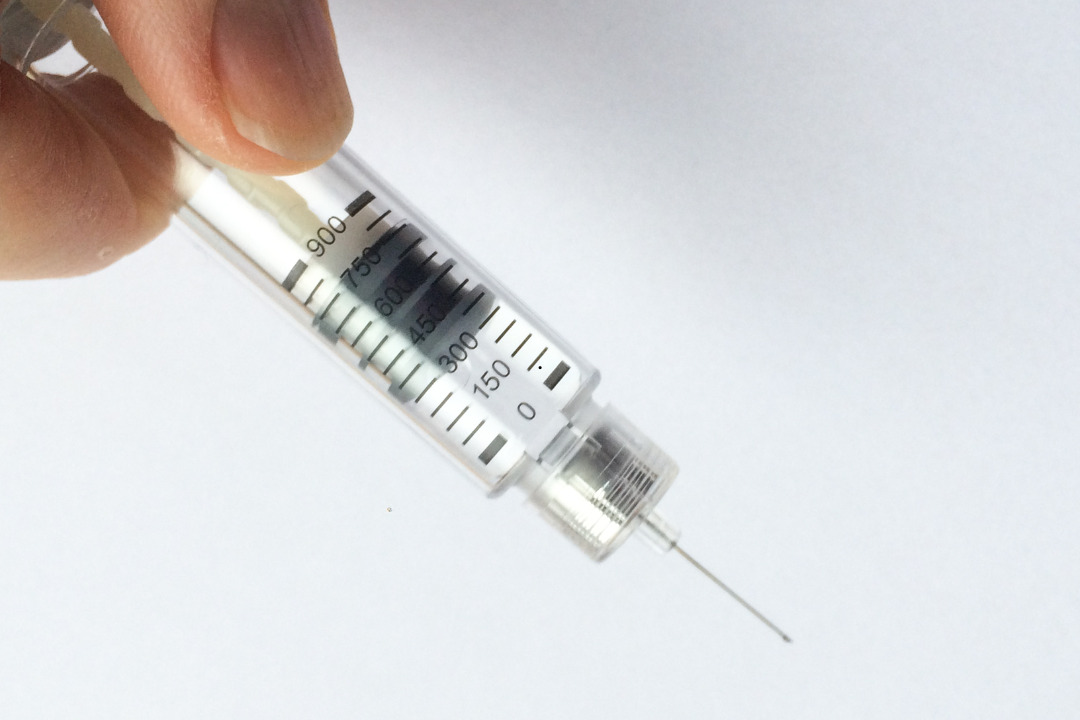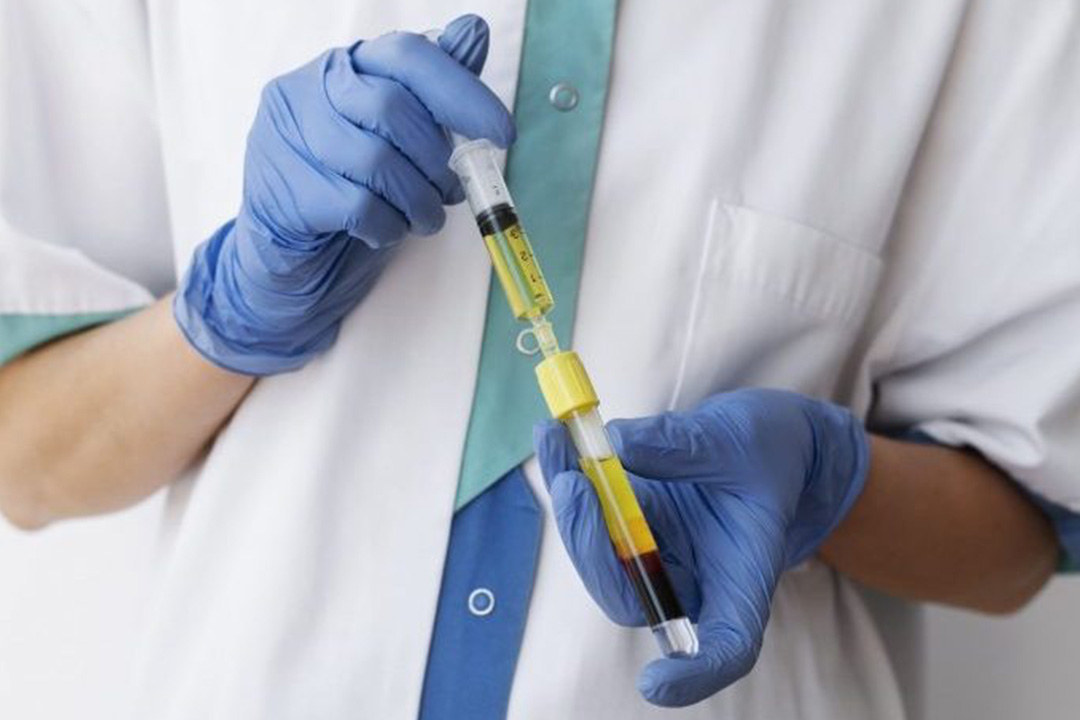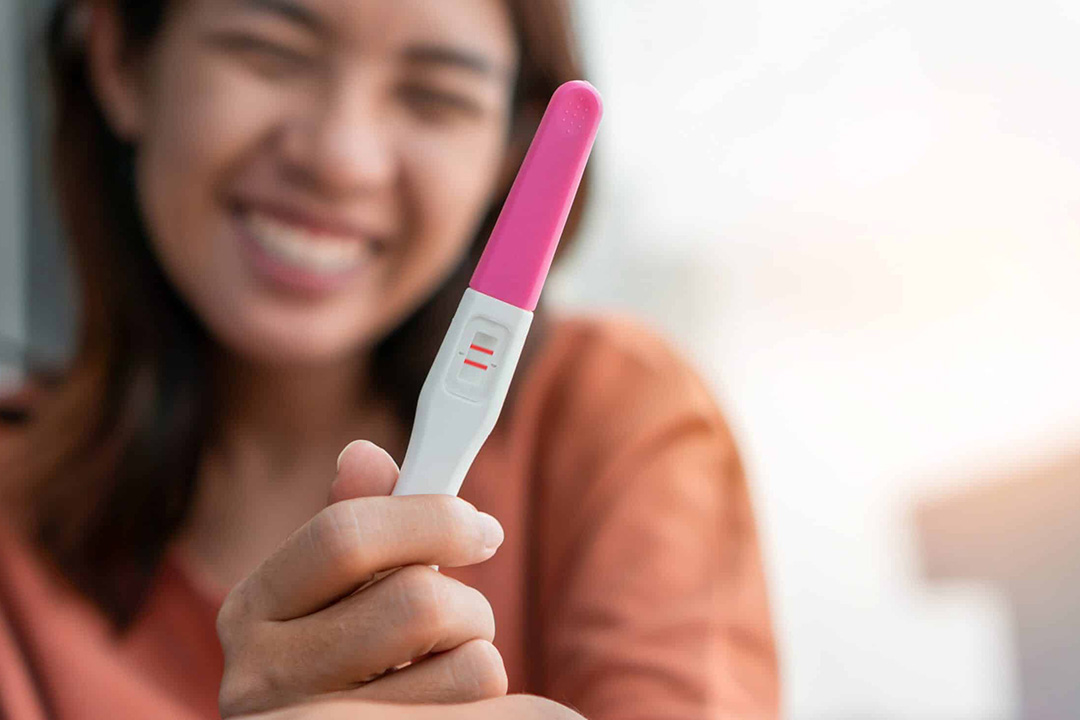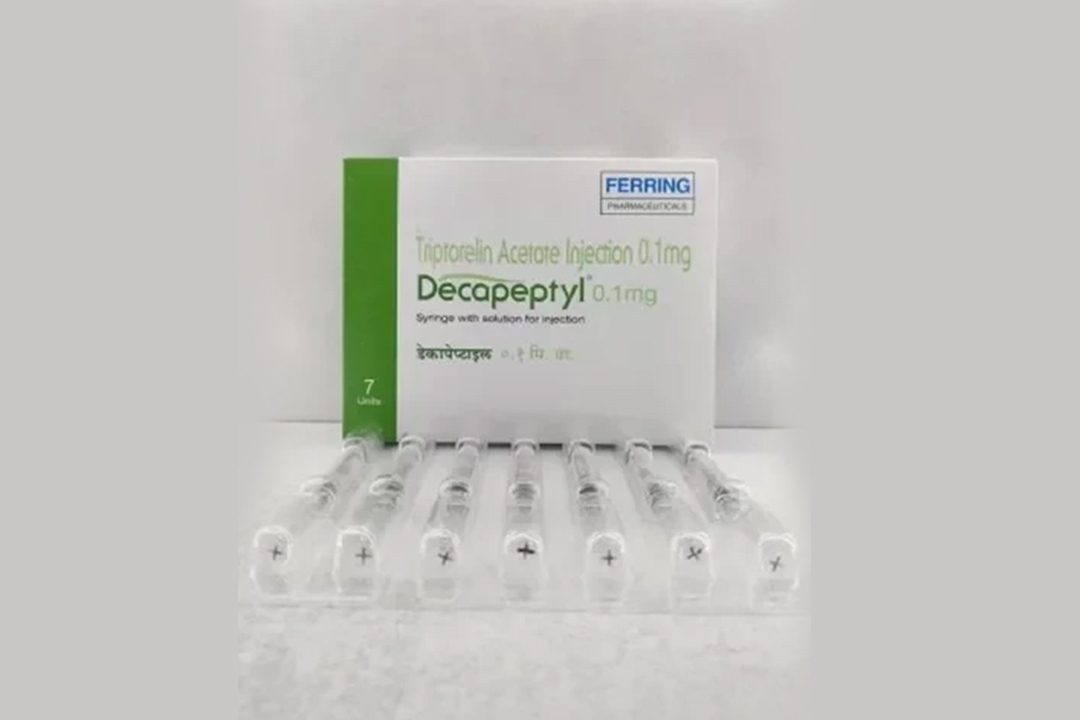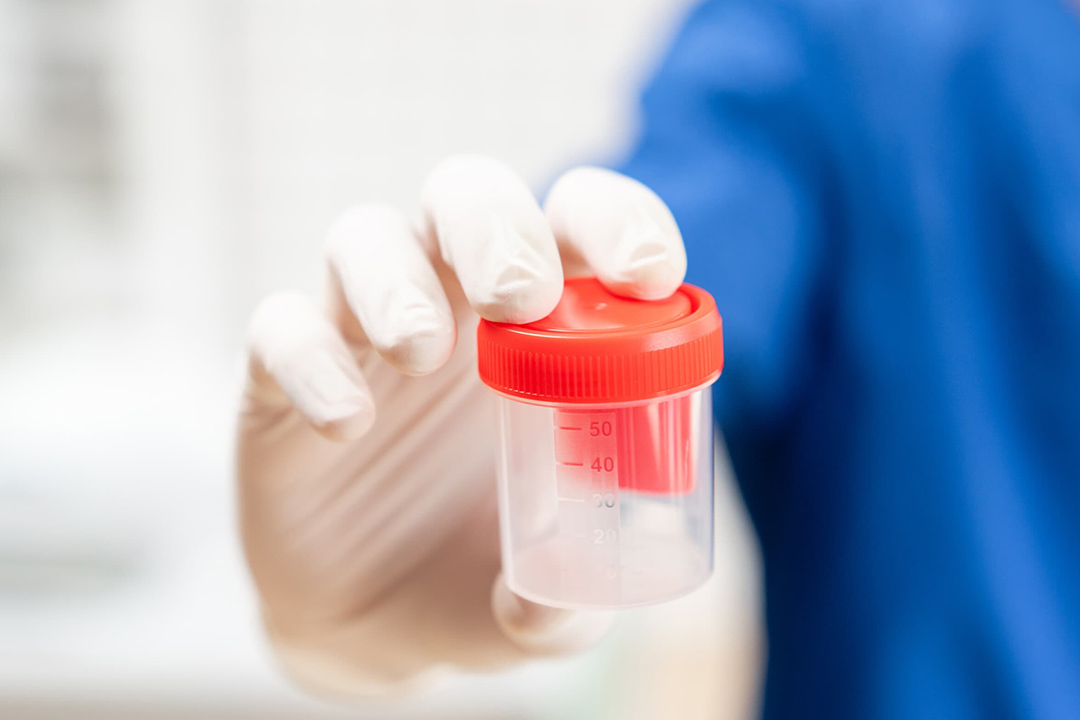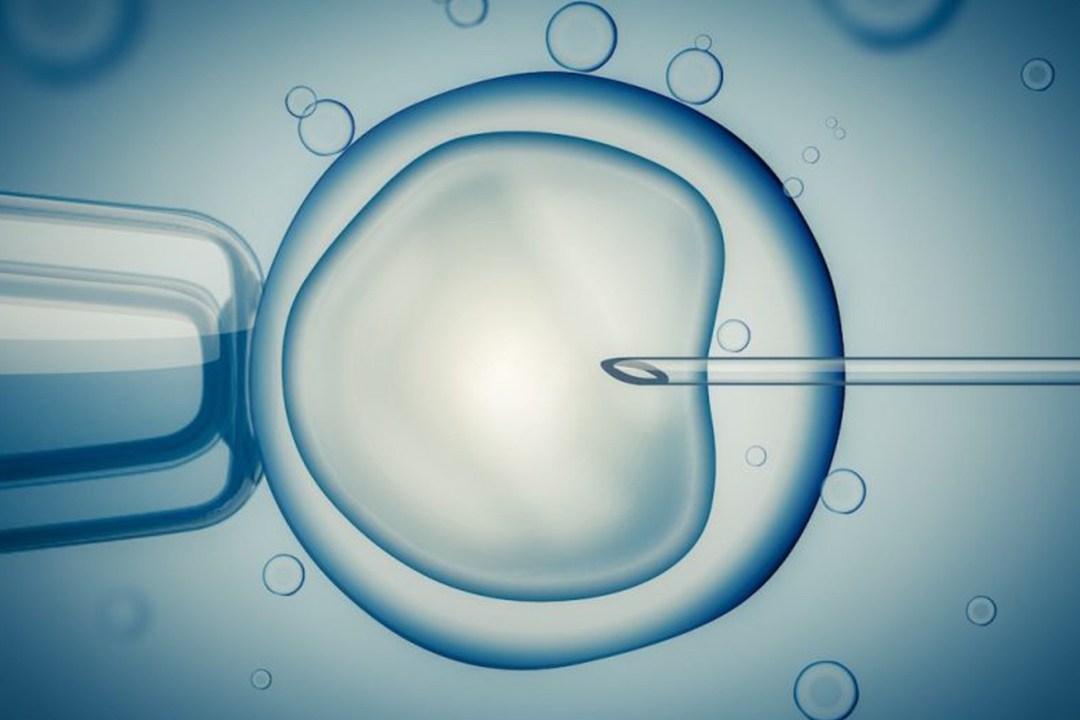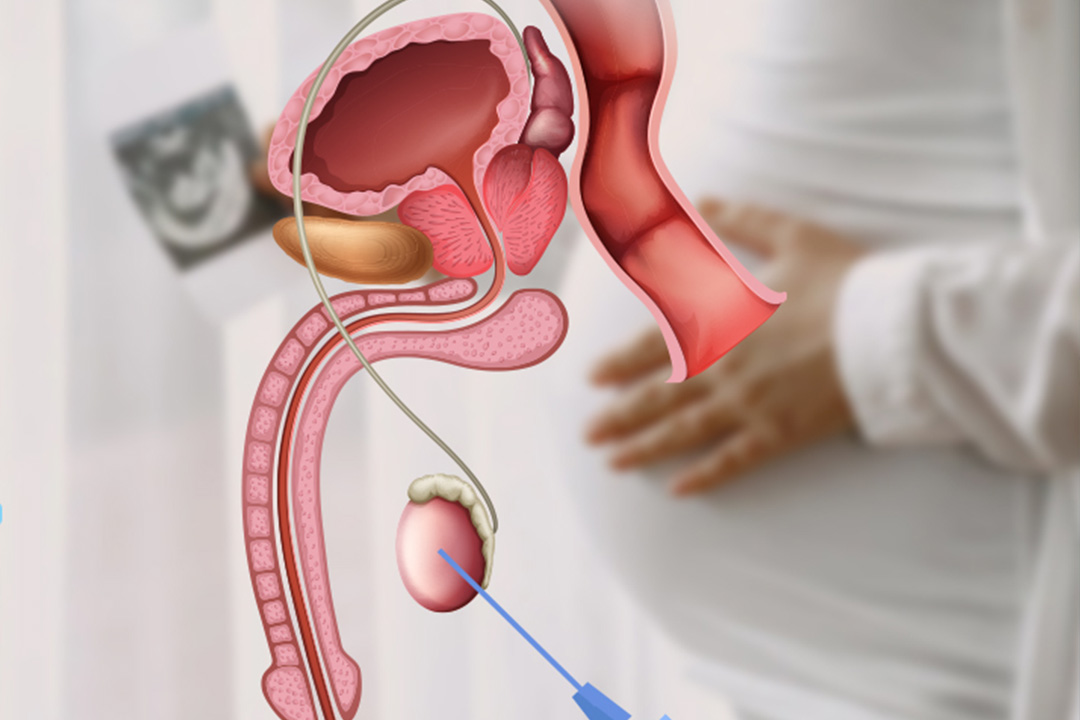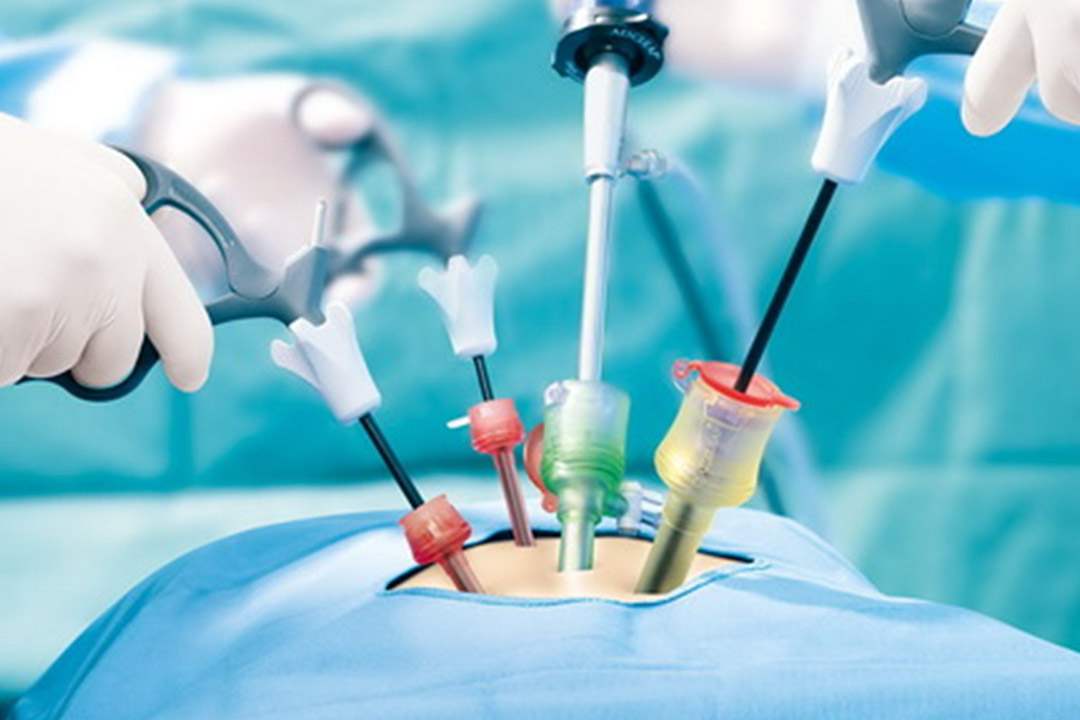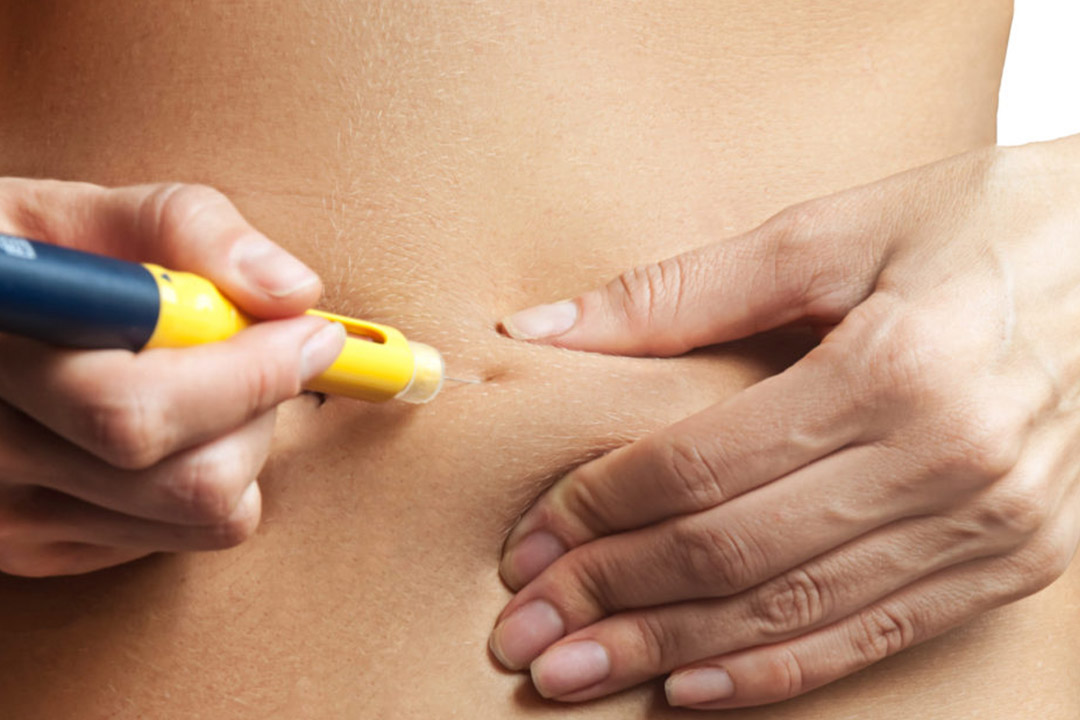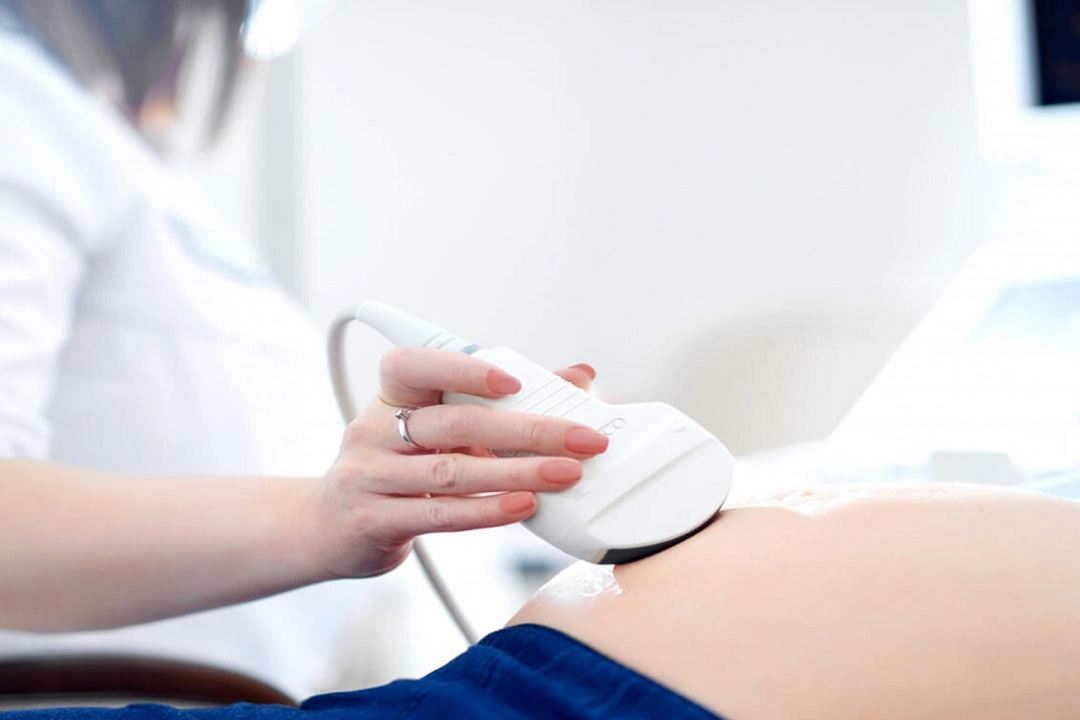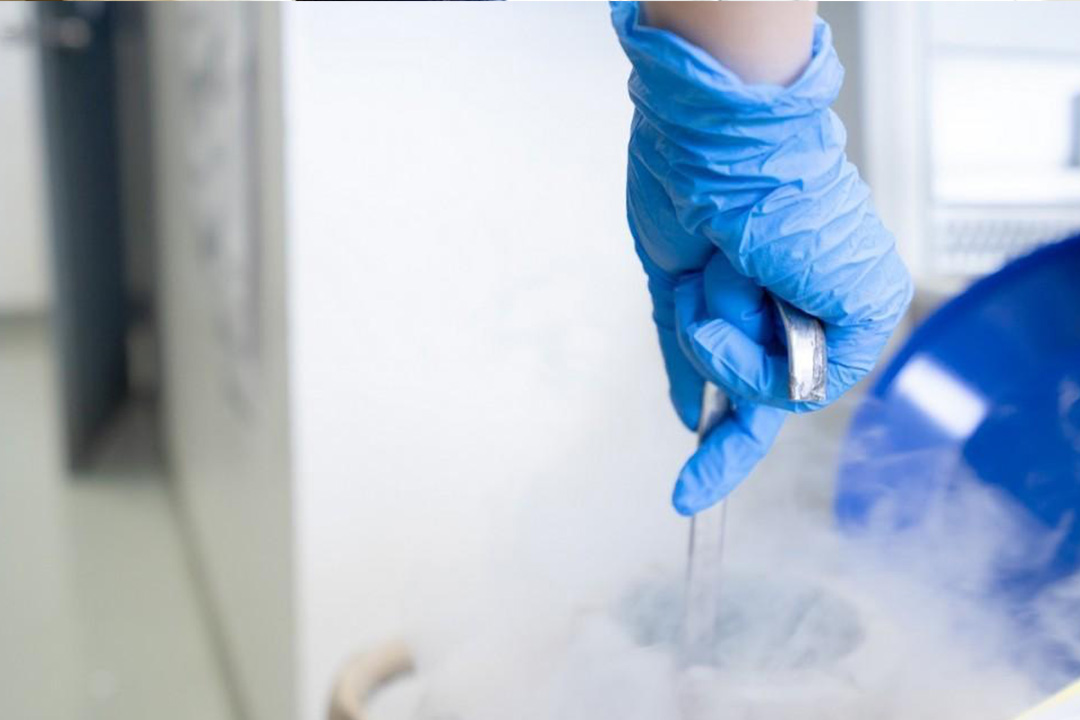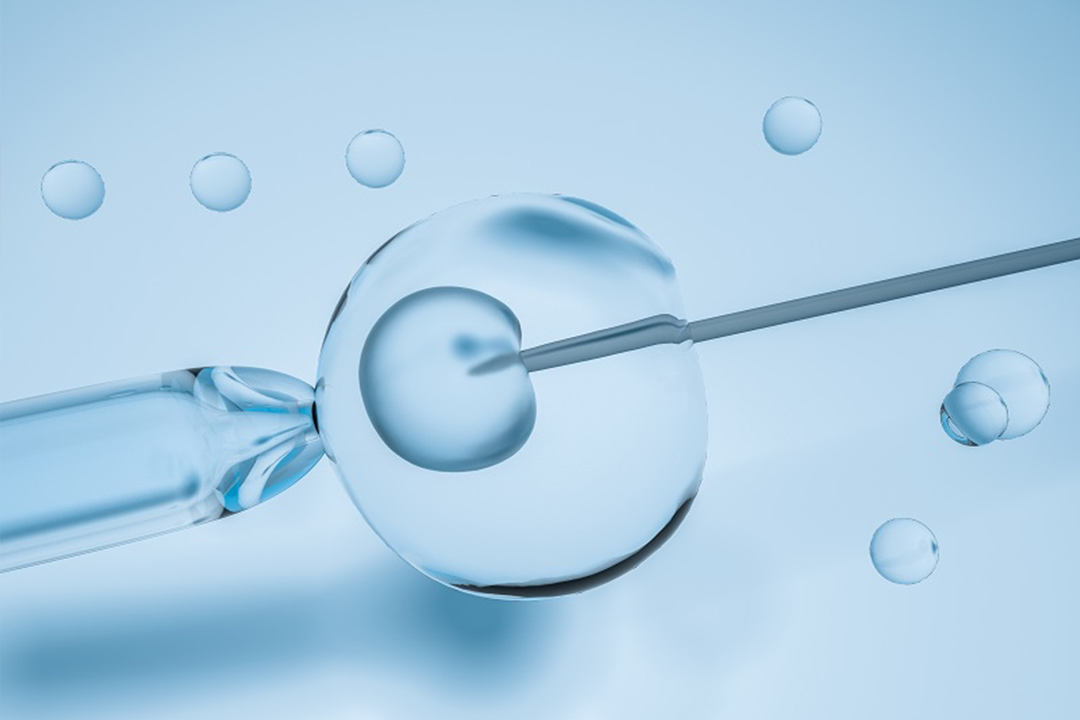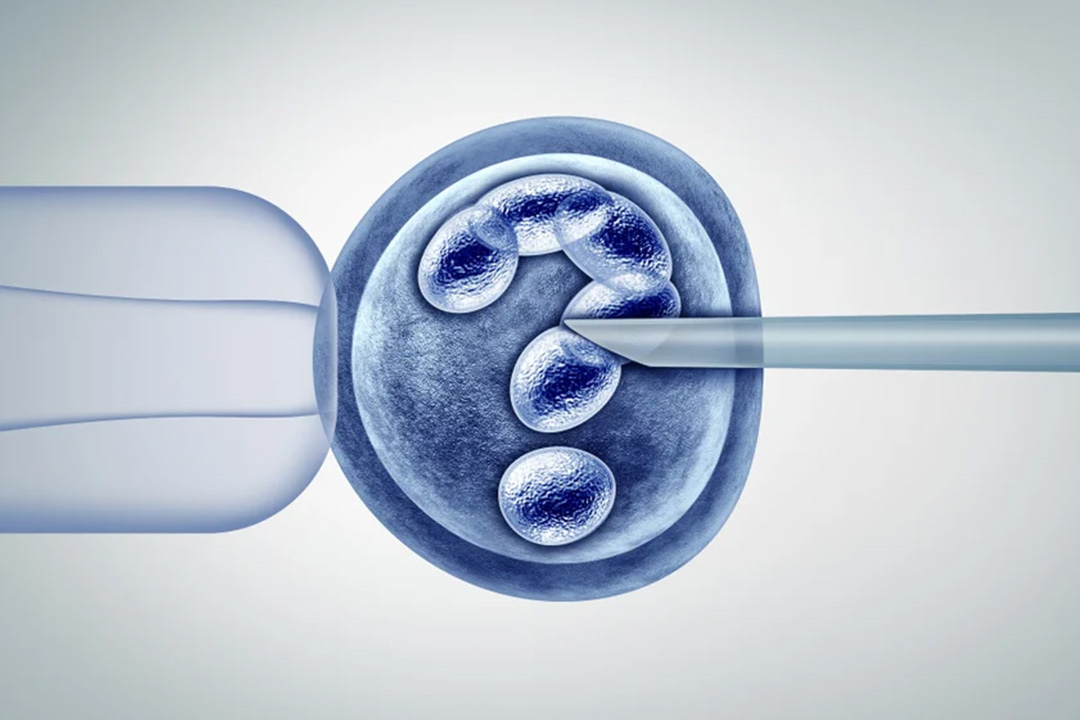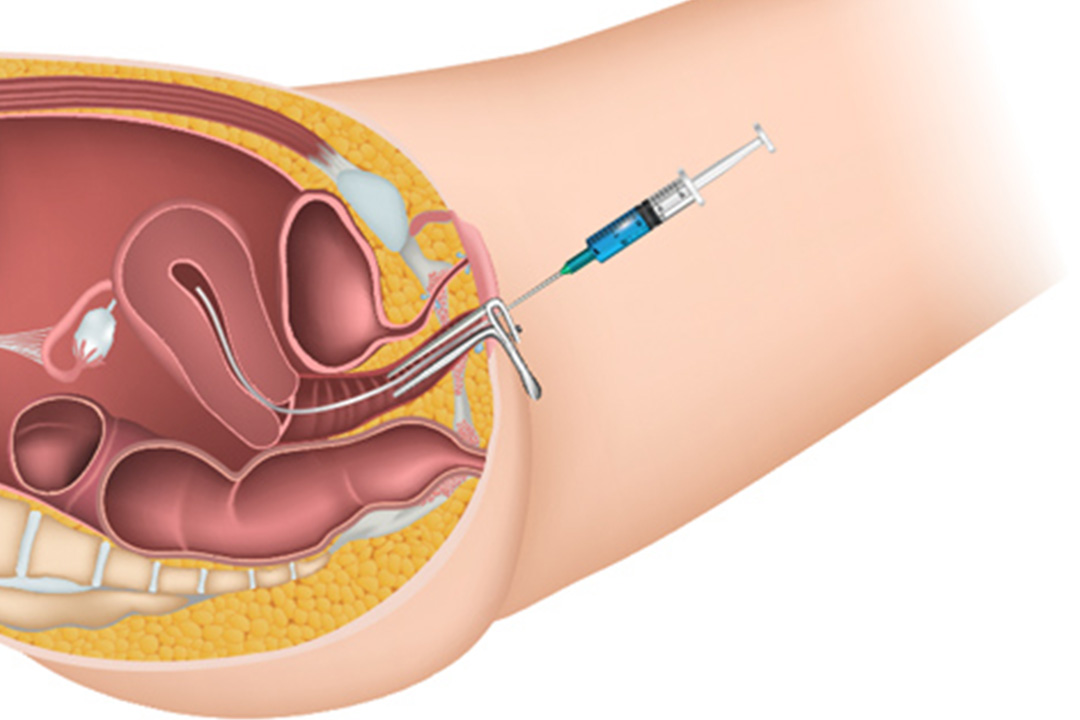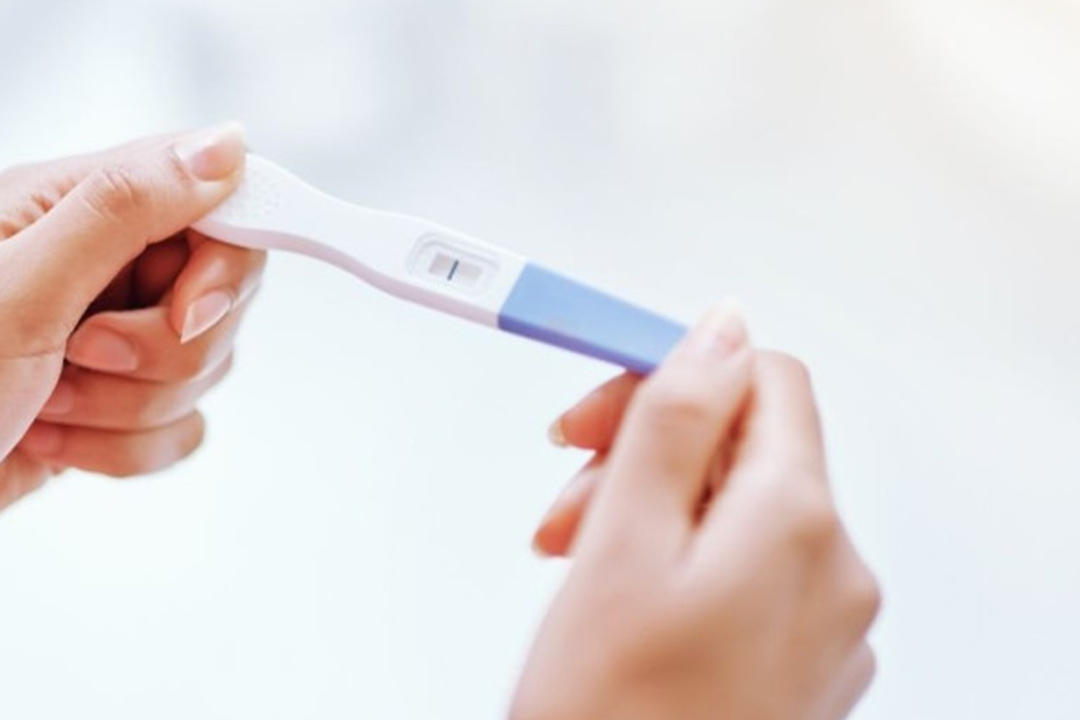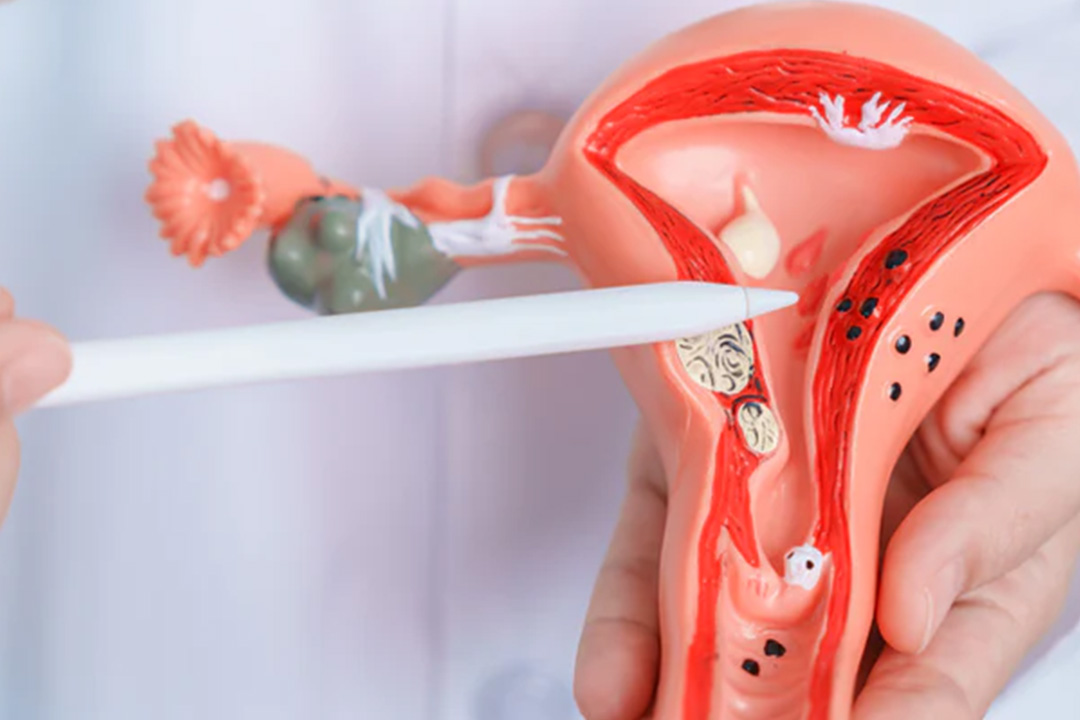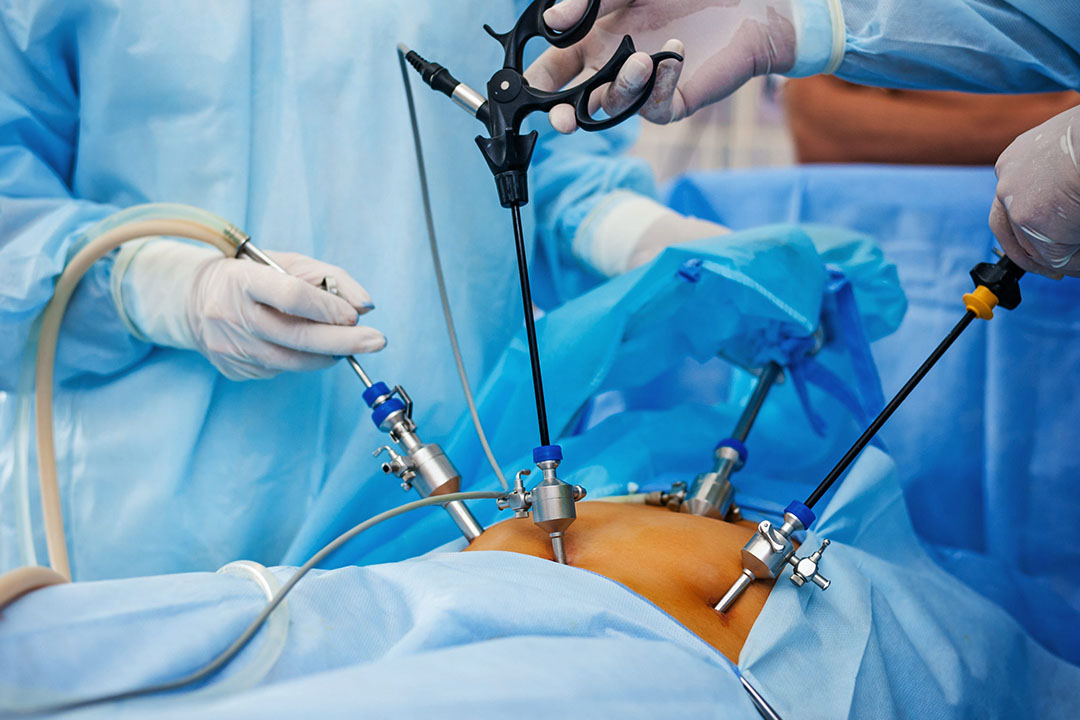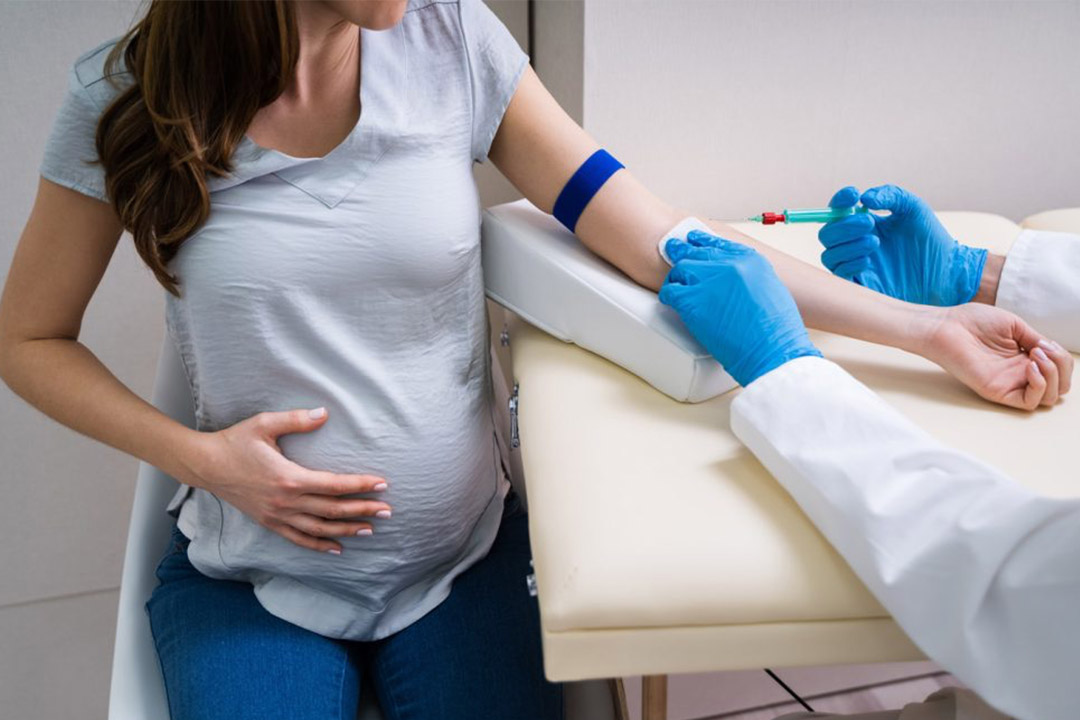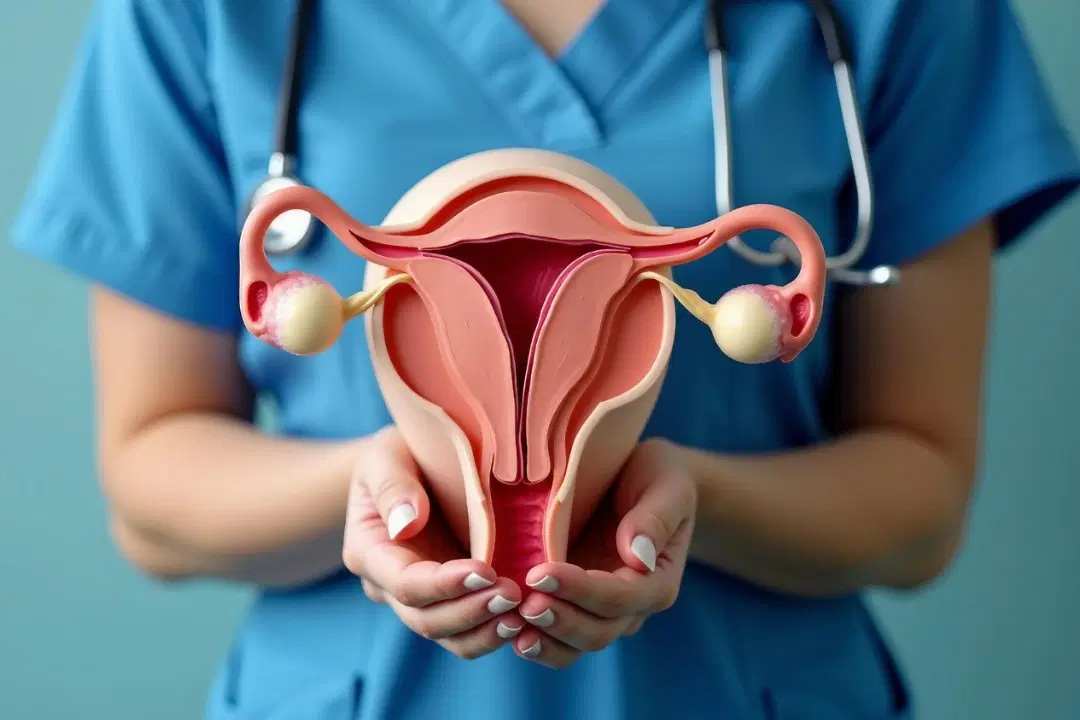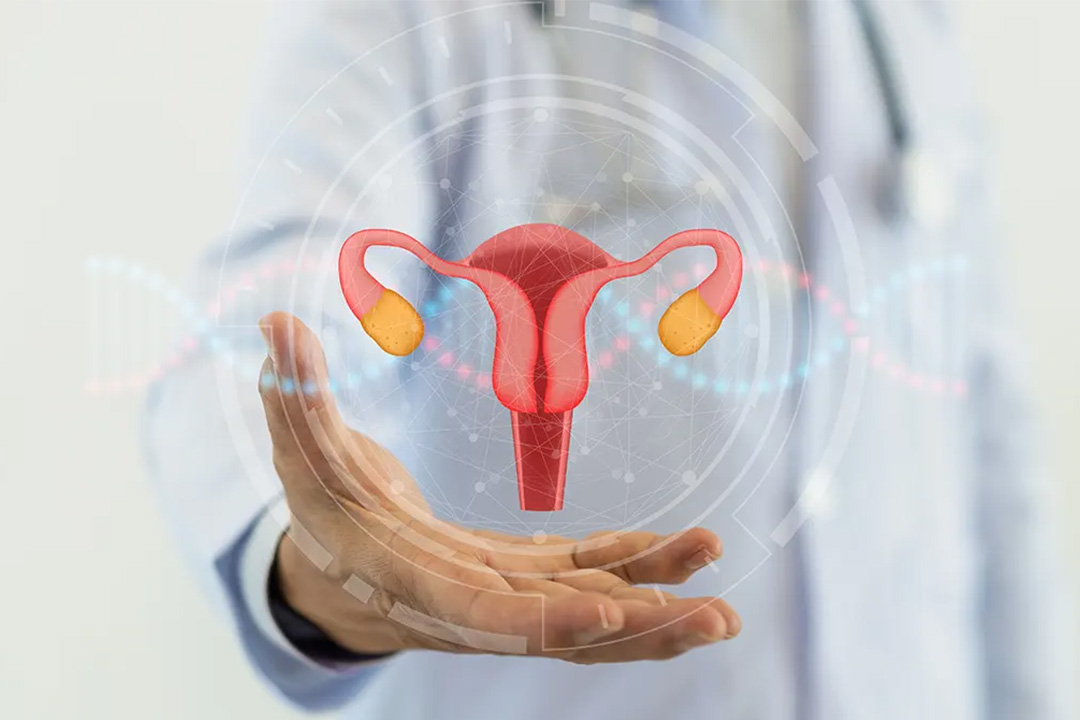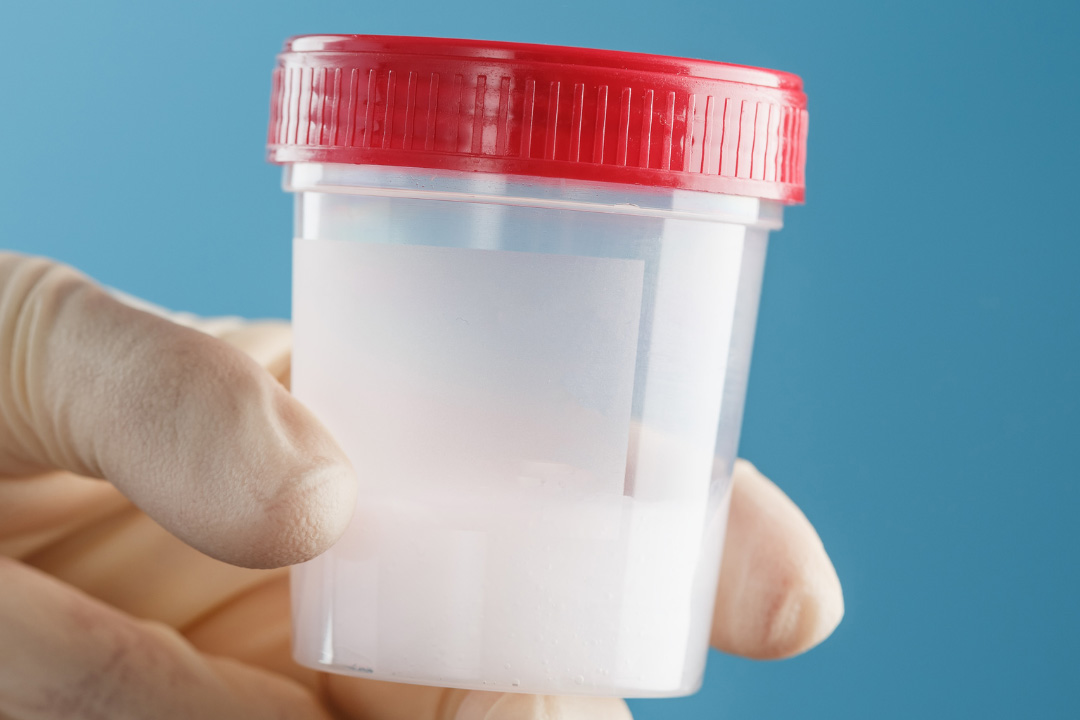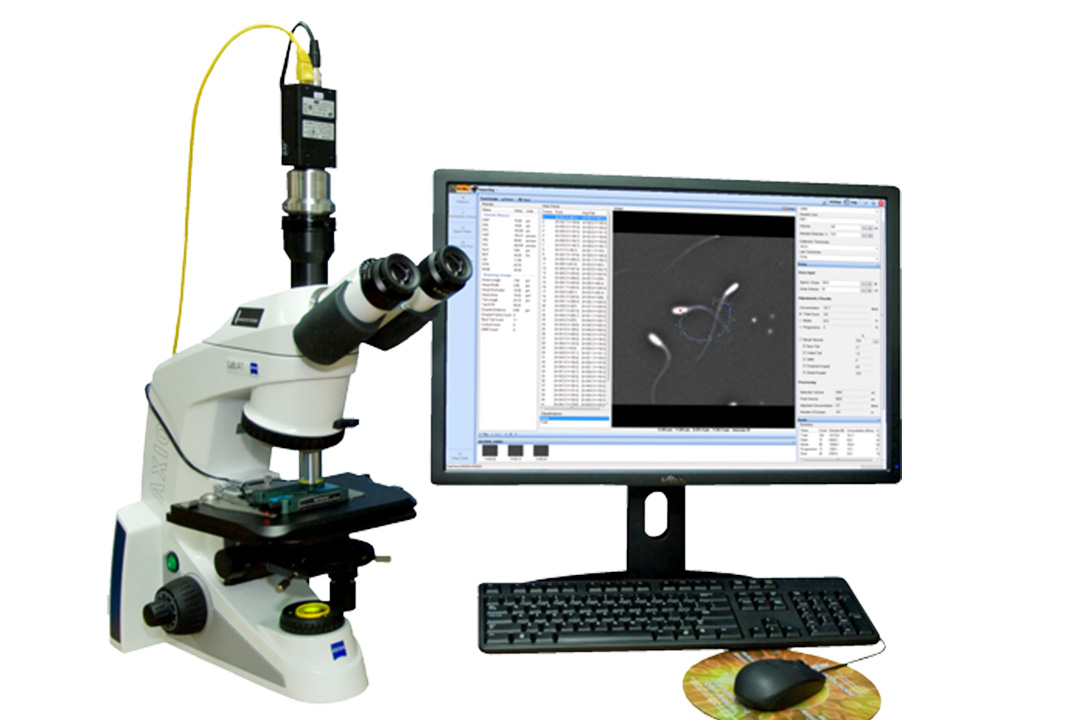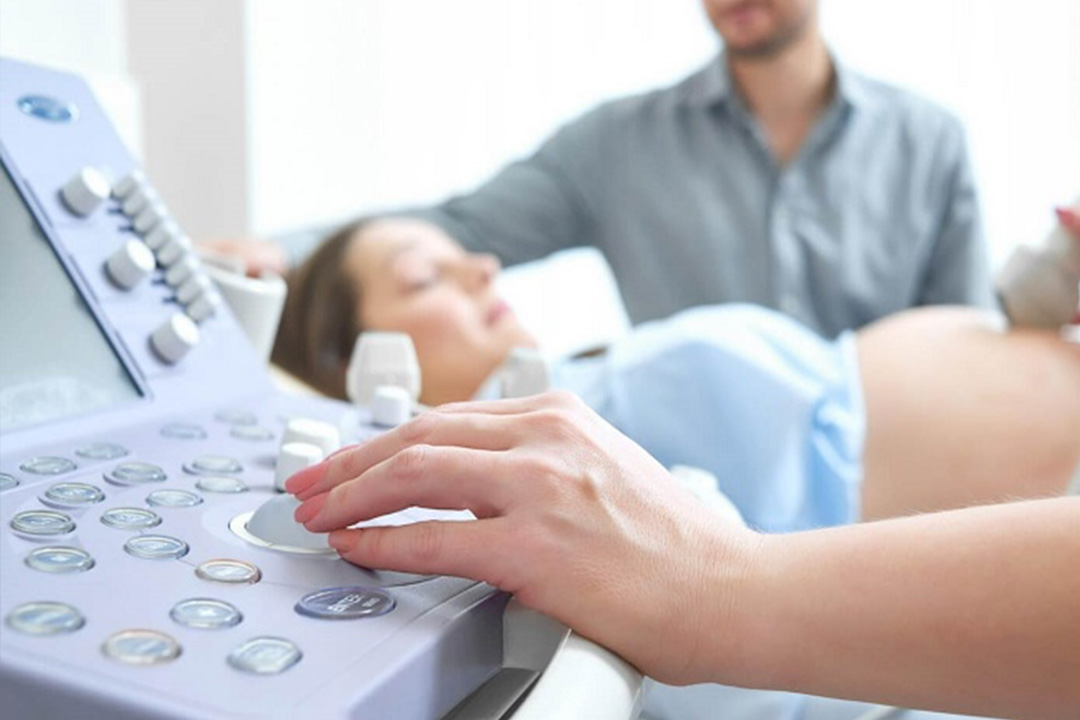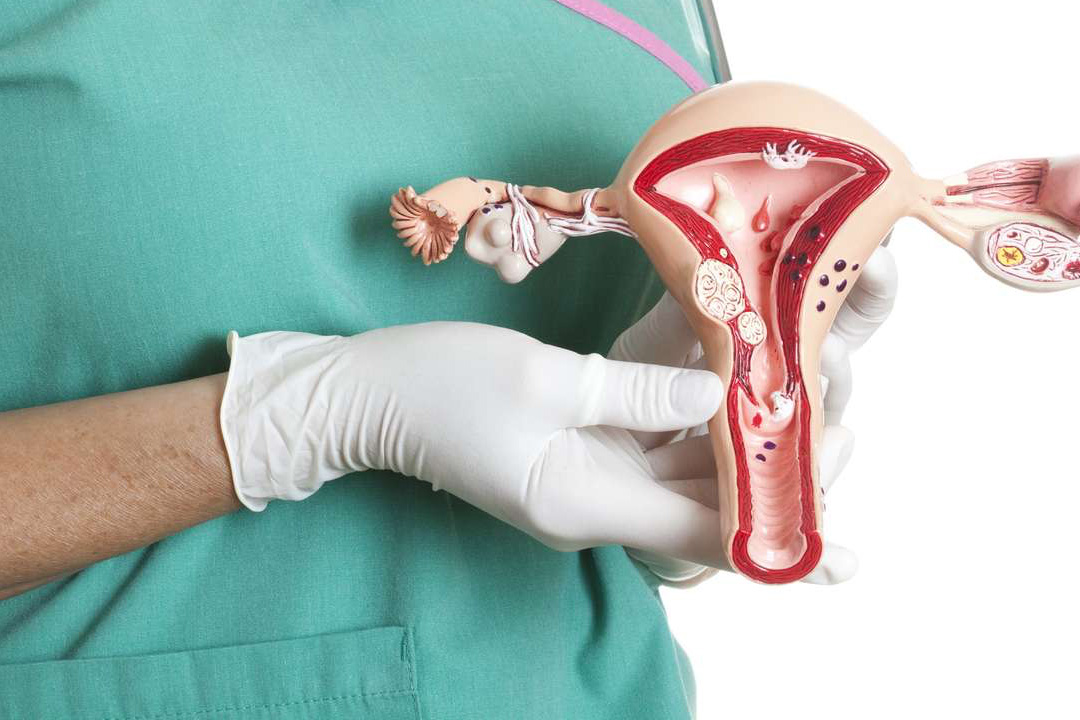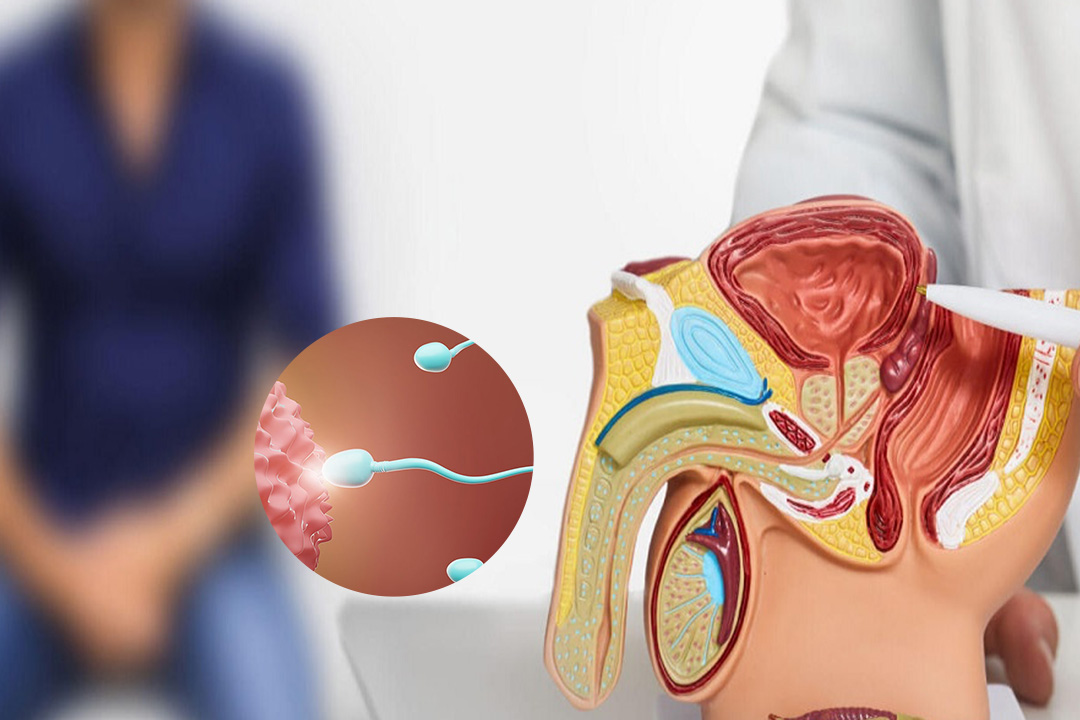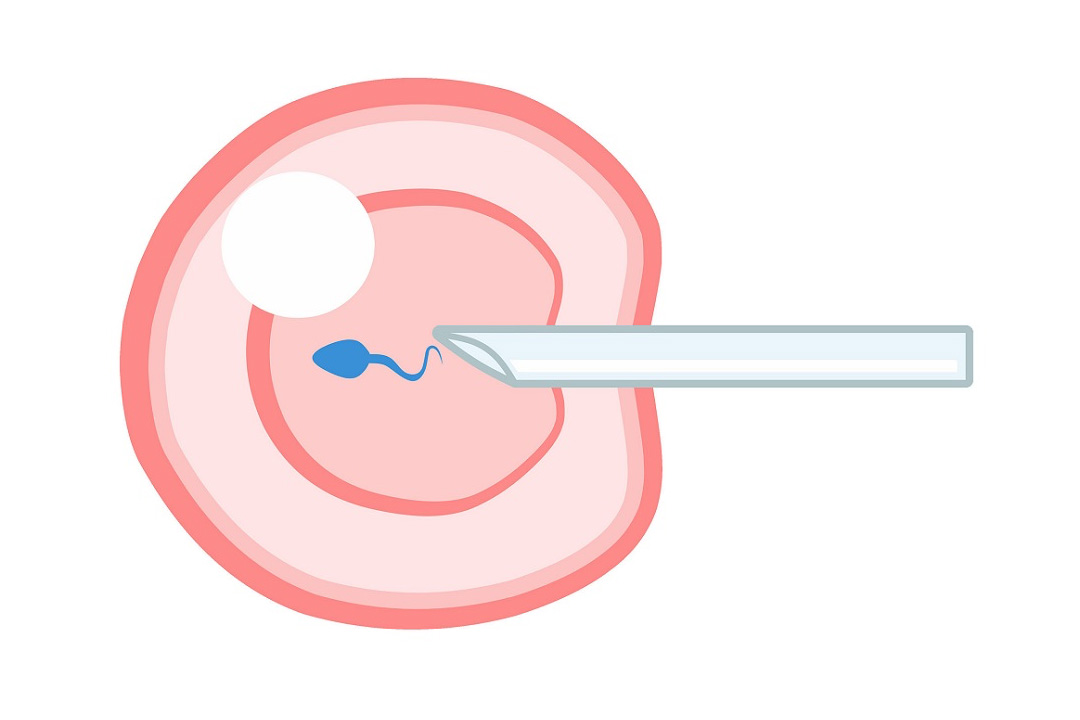IMSI Treatment: Detailed Guide and Insights
In this article, we’ll provide a complete guide to IMSI treatment, exploring its process, benefits, success rates, and much more.
Introduction to IMSI Treatment
Any other infertility difficulty may call for unique and tailored therapy; moreover, IMSI (Intracytoplasmic Morphologically Selected Sperm Injection) presents an innovative method.
IMSI is an enhanced method of IVF that involves the use of an inverted microscope to select sperms.
In this guide, we will take a closer look at what is IMSI, the way it works, the perks it offers, and the costs associated with it.
What is IMSI?
The IMSI can be described as Intracytoplasmic Morphologically Selected Sperm Injection.
It is a sophisticated method in infertility treatment popularly known as assisted reproductive technology that enhances conception.
In this method, a microscope is employed in order to screen the sperm through a powerful lens for use in fertilization in case of IVF.
This is because IMSI examines sperms that possess a good morphology so that there can be a better chance of fertilization and improved embryonic development.
This precision technique proves very useful for couples particularly those with male fertility problems as it improves the chances for healthier sperm.
As this text has revealed, IMSI is a complex procedure in an IVF treatment that makes life lighter for people who would like to build happy families through conception.
How IMSI Works
The IMSI is technically a modification of the standard ICSI method and employs enhanced microscopy to increase sperm magnification to 6000.
This technique aids the embryologists to get a clear view of sperm morphology, useful in the determination of the best sperms to be used in the fertilization of the eggs.
IMSI helps to improve the possibility of successful fertilization and further development of embryos to a greater extent.
Steps in the IMSI Procedure
1. Sperm Sample Collection
The sperm sample is removed from the male partner and this is usually done through the process of ejaculation. This sample is also used for the subsequent analysis and selection.
2. High-Powered Microscopic Analysis
Sperm analysis can be performed using an ordinary light microscope, which offers up to 6,000 times magnification. This amount also ensures that any form of morphology abnormality in sperm is detected and this level of magnification allows for this to happen.
3. Selection of Superior Sperm
Finally, the visually and morphologically best sperms are chosen for further testing due to their capability to convey healthy genes. This approach eliminates all sperm that are not morphologically perfect and thus the ones with a higher fertilization capacity.
4. Sperm Injection into the Egg
The selected sperm is then placed directly into the egg with the help of a micropipette, known as a microneedle. This process rules out chances of fertilization randomness and hence enhances the possibility of the development of fertilized embryos.
IMSI Sperm Selection
IMSI sperm selection is one of the most advanced methods used in assisted human reproduction that improves the overall chances of fertilization.
Through the analysis of sperm under the level of the cell, the embryologists are in a position to select the best quality sperm for use for fertility purposes.
Key Benefits of IMSI Sperm Selection
- High-Resolution Analysis: IMSI employs high-end microscopes to amplify sperms up to 6000 times to view abnormalities, which are undistinguishable under conventional lenses.
- Improved Fertilization Rates: By choosing the best sperm, IMSI enhances the probability of fertilization.
- Better Embryo Quality: Healthy sperm helps in creating better embryos and thus better chances of implantation and decreased rates of miscarriage.
- Tailored Treatment: It is most suitable for cases of male infertility, previous IVF failures, or low-quality embryos in earlier cycles.
- Minimizing Genetic Risks: Interestingly, IMSI contributes to reducing the possibilities of genetic abnormalities in embryos by sieving out sperm with structural anomalies.
Who Can Benefit from IMSI?
| Condition | Details |
|---|
| Severe Sperm Abnormalities | Men with significant morphological defects in sperm benefit greatly from IMSI techniques. |
| Repeated IVF Failures | Couples who have experienced multiple unsuccessful IVF attempts find IMSI particularly useful. |
| Poor Embryo Quality | Cases where embryos show poor development or low viability can improve outcomes with IMSI. |
| High DNA Fragmentation | Male infertility caused by elevated sperm DNA fragmentation levels is effectively addressed. |
| Unexplained Male Infertility | When the exact cause of male infertility is unclear, IMSI helps identify viable sperm. |
IMSI Technique in Infertility
In particular, the IMSI technique in infertility can become the hope for individuals affected by male factor infertility.
- Advanced Infertility Solution: The technique known as Intracytoplasmic Morphologically Selected Sperm Injection is useful in helping couples suffering from male factor infertility.
- Enhanced Sperm Selection: IMSI involves high-power microscopes to pick only the best sperms for fertilization and thus ensures increased chances of conception.
- Focus on Morphology: The technique is also helpful in evaluating sperm shape and selecting the healthiest sperm for injection.
- Improved Fertilization Rates: In a manner, IMSI optimizes fertilization results in assisted reproduction treatments by choosing the best sperm.
- Higher Pregnancy Chances: The specificity in the choice of patients to be treated means increasing pregnancy probabilities and getting a better shot at conception.
- Treatment for Severe Cases: IMSI is most useful in cases where the male partner has significant sperm defects, so it remains a viable option for the identification of difficult scenarios.
- Innovation in Male Infertility: This technique has proved to be a milestone in treating male infertility and has helped struggling couples.
IMSI and IVF: A Combined Approach
- IMSI IVF: One that involves both IMSI and the standard IVF technique of assisted reproduction.
- High Precision Sperm Selection: IMSI entails the process of arguing high-powered microscopes in order to pick the sperm based on morphology, thereby only the best sperm is utilized in the process of fertilization.
- Increased Success Rates: This technique is most useful for couples who have gone through multiple cycles of IVF and have suffered from repeated cycles of failure, as it raises the chances of selecting the best sperm for fertilization.
- Improved Fertilization: The concept of the best sperm being introduced into the woman’s fallopian tubes through IMSI IVF increases the chances of fertilization or the formation of embryos.
- Targeted Approach: It assists in eradicating male factor infertility problems, such as low sperm density, mobility, and shape, that may hinder typical IVF processes.
- Boosted IVF Outcomes: The IMSI IVF is a specific technique that gives a much higher success rate of conception to childless couples.
IMSI IVF Success Rates
The IMSI IVF success rates depend on the age of the couple, their fertility problem, and the clinic where the IMSI IVF procedure is to be done.
The pregnancy rate from this technique is approximately 30-50% in general and comparatively higher with conventional IVF for specific causes like male factor infertility.
| Factors | Explanation |
|---|
| Age of the Couple | The age of both partners, particularly the woman, plays a crucial role in the success rates of IMSI. Younger women typically have a higher chance of success. |
| Sperm Quality and DNA Integrity | High-quality sperm with intact DNA is essential for a successful IMSI procedure. Poor sperm quality can reduce success rates. Expertise of the Clinic and Embryologists |
| Health of the Female Partner’s Eggs | The use of IMSI can greatly enhance the success rate of the treatment process, provided that a clinic employs professional embryologists as well as high-tech equipment when performing the procedure. |
| Sperm Morphology | Some of the factors that affect the success of IMSI include the quality and health of the female partner's eggs. The five healthier eggs give better opportunities for the development of the embryos and implantation. |
| Ovarian Reserve | Sperm with normal morphology improves IMSI success rates as morphologically normal sperm have a higher potential for fertilizing the egg successfully. |
| Lifestyle Factors | A woman’s ovarian reserve (the number and quality of her remaining eggs) affects the chances of successful IMSI. A higher reserve can increase success rates.
Factors such as diet, exercise, and smoking can influence IMSI outcomes. Maintaining a healthy lifestyle can improve both sperm and egg quality. |
| Previous Fertility History | A couple’s previous fertility experiences, such as failed IVF cycles or previous pregnancies, can influence the likelihood of IMSI success. |
IMSI Treatment Cost
The cost of IMSI treatment varies from INR 20,000-40,000 or more depending on some factors like the cost of the clinic, doctors' experience, some extra facilities etc.
Factors Influencing Cost
- Technology and Equipment Used: The degree of technology and its quality is also a major factor that determines costs. Clinics employing state-of-the-art equipment and methods are likely to charge more due to the cost of putting in place the enhanced technologies.
- Embryologist’s Expertise: The level of experience and qualifications of the embryologist who is going to carry out the procedure influences the final price. More experienced personnel can ensure higher success since they possess more skills and experience, but such a service is likely to be costly.
- Location of the Clinic: The location of the clinic is a major consideration when it comes to the issue of cost. It is important to note that clinics in large cities or more developed regions usually require higher costs of functioning, which is also necessarily reflected in the cost of the treatments.
Advantages of IMSI Treatment
| Advantage | Description |
|---|
| Improved Sperm Selection Accuracy | IMSI treatment enables them to choose better sperms which in turn are healthy and have a very high chance of fertilizing the egg. |
| Higher Fertilization Rates | IMSI enhances the likelihood of achieving fertilization in the IVF treatment process when the best quality sperms are chosen. |
| Enhanced Embryo Quality | The choice of high-quality sperm impacts the development of higher-quality embryos and results in better pregnancy rates. |
| Reduced Risk of Genetic Abnormalities | IMSI assists in minimizing cases of transmitting genetic disorders by selecting sperm with unharmed genetic material, thus diminishing the prospects of the disorder in the embryo. |
| Increased Success Rates in IVF | As IMSI enhances not only the selection of sperm but also the quality of embryos, the general successful rate of IVF is expected to be greatly improved. |
| Better for Male Infertility Cases | IMSI is more advantageous when the male factor appears in low sperm concentration or motility because IMSI selects sperm with good potential in difficult conditions. |
| Minimized DNA Fragmentation | As IMSI selects healthy sperm having the least DNA damage, it reduces the chances of the use of sperm samples having fragmented DNA, which is crucial for the formation of the embryo. |
| Reduced Miscarriage Risk | IMSI has a favourable impact on the probability of miscarriage during the early pregnancy stages since the sperm provides high embryo quality and low genetic flaw rates. |
Potential Risks and Limitations of IMSI
1. Higher Costs
IMSI (Intracytoplasmic Morphologically Selected Sperm Injection) is more technical compared to standard IVF and is very costly. This process involves the use of sophisticated tools and skills; some insurance companies may not cover this procedure, and as such, it is rather costly to most couples.
2. Risk of Multiple Pregnancies
That’s why, IMSI also has the potential of multiple pregnancies just like in the usual IFF and this is likely in cases where more embryos are transferred. This is because multiple pregnancies are associated with threats like early delivery and low birth weight, which are dangerous to both the mother and the babies.
3. Not a Guarantee of Success
IMSI can enhance the electrochemical sorting of sperm, fertilize, and enhance the selections for improving fertilization rates but it does not necessarily mean that pregnancy will occur. Still, there are many factors, which may affect the result: the age of the mother; her and father’s health conditions; the quality of embryos, etc; thus it can be considered less effective for some couples.
4. Limited Evidence
However, some studies have also revealed that IMSI has produced favourable results and is still considered a relatively novel method. While there is research documenting some of the advantages of intracytoplasmic sperm injection relative to regular IVF, very little long-term data available conclusively substantiating its efficiency.
IMSI and Male Factor Infertility
IMSI provides certain benefits in patients with MFI, particularly those with low total motility sperm count or denoting abnormal paradigm morphologic features.
This refined process enhances the chances of successful implantation.
In male factor infertility, IMSI helps clinicians select sperm with a smooth surface free from any structural abnormalities, hence increasing the chances of conception.
IMSI and Genetic Screening
1. IMSI (Intracytoplasmic Morphologically Selected Sperm Injection)
IMSI is a method in which sperm is enlarged while under a microscope, and then the highest quality sperm is chosen to be put into the woman’s uterus in a bid to increase chances of fertilization and to decrease the chances of occurrence of anomalies in embryos.
2. Genetic Screening Techniques
When IMSI is integrated with other forms of genetic screening like Preimplantation Genetic Testing (PGT), only embryos with correct genetic materials are transferred into the female anatomy for implantation.
3. Preimplantation Genetic Testing (PGT)
PGT involves testing embryos for heritable diseases before implanting, in this way: the procedure can detect chromosomal anomalies such as Down syndrome or other diseases.
4. Improved Pregnancy Outcomes
Through IMSI and PGT, fertility specialists are likely to help eligible couples have healthy offspring by eliminating the risk of miscarriage or the incidence of some inherited diseases in the child.
5. Increased Embryo Selection Accuracy
PGT can prove the genetic health of the embryo in case IVF is performed, and IMSI guarantees the use of the highest quality sperm for fertilization.
6. Higher Success Rates
PGT enhances the probability of conceiving a child and bearing a healthy child through IMSI even for couples with infertility issues or carriers of genetic abnormalities.
7. Personalized Fertility Treatment
The combined approach provides such couples with a personalized management plan to give them the best possible shot at attaining their goal of parenthood.
References

About Us
AKsigen IVF is a premier center for advanced fertility treatments, with renowned fertility experts on our team. Specializing in IVF, ICSI, egg freezing, and other cutting-edge reproductive technologies, AKsigen IVF is committed to helping couples achieve their dream of parenthood. With personalized care and a patient-first approach, AKsigen IVF provides comprehensive fertility solutions under one roof.




